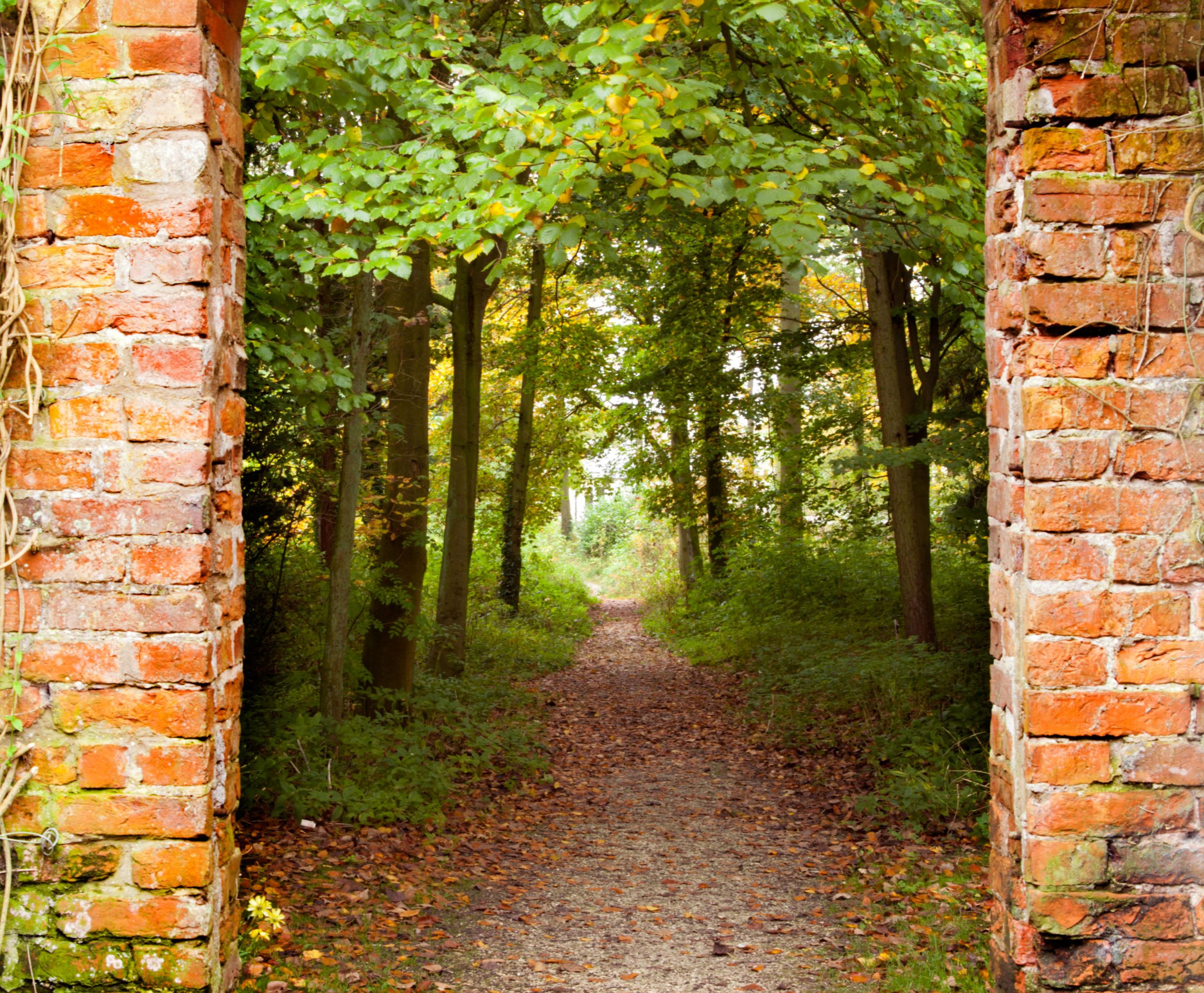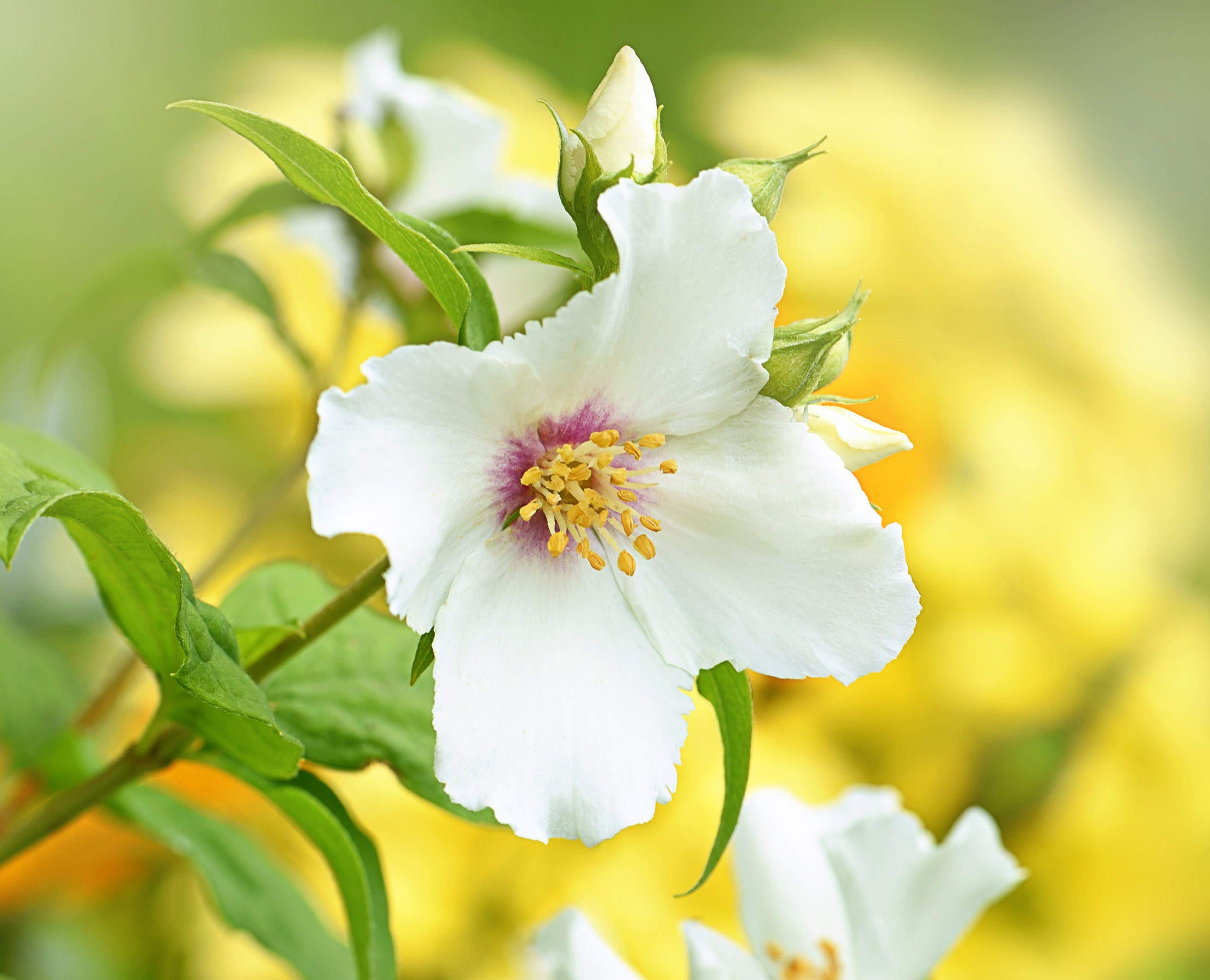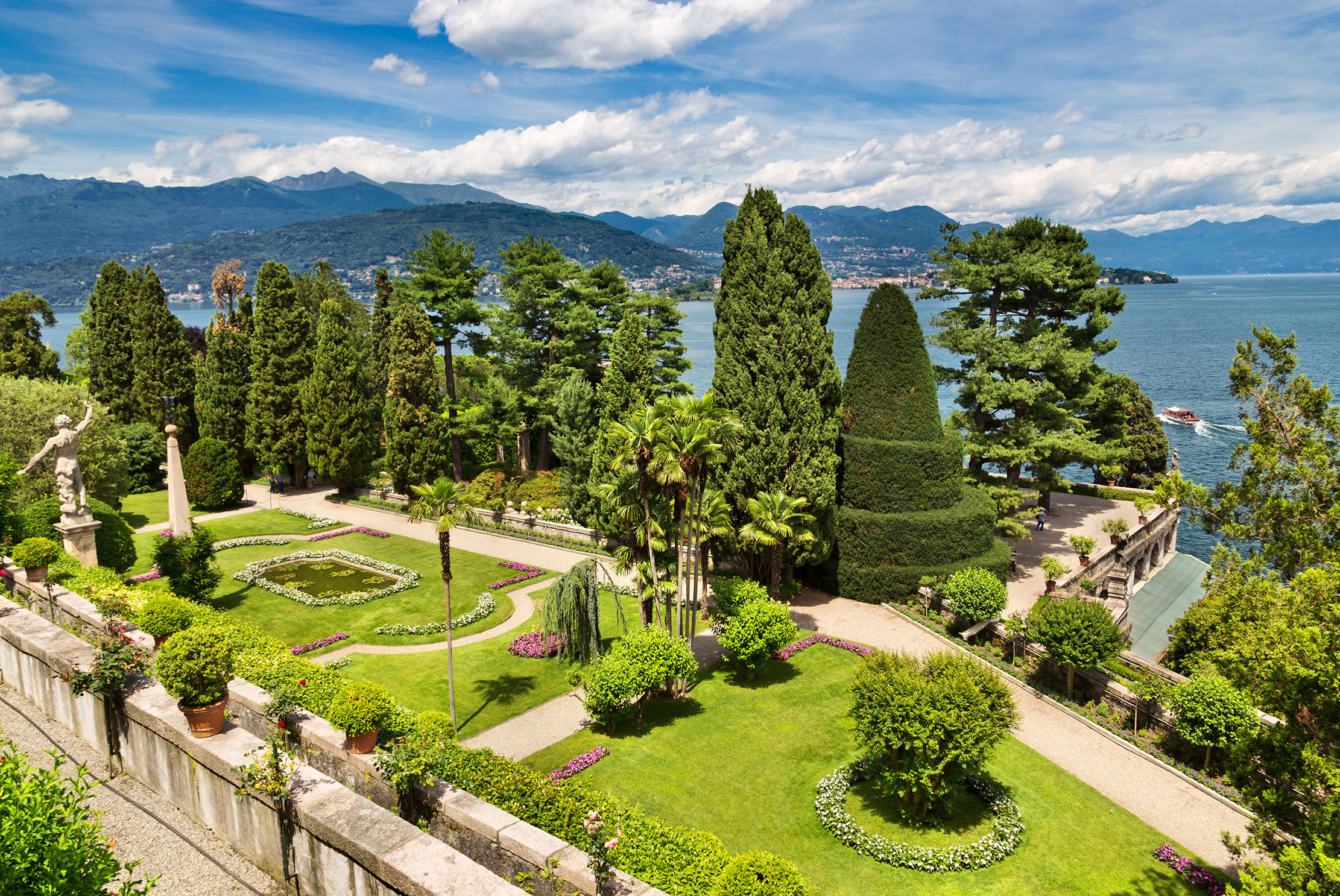Why you should plant a woodland garden
Woodland gardens are rewarding to make and, once planted, are easy to care for and make for a rewarding place to walk in.


No garden, however small, should be without its two acres of rough woodland.’ Snigger ye not, because the remark is attributed to one of the great gardening Rothschilds during a lecture to RHS members in the 1950s. It contains the germ of an important truth: woodlands make the most rewarding gardens.
I was brought up with a 10-acre woodland garden on Bagshot sand. The house was converted into flats when my grandfather died and the garden is now covered by bungalows. As a young man, I was haunted by the memory of rhododendrons dripping over the edges of our 18th-century cockpit (cut out of the hill and tiered up on three sides) and the sweeps of azaleas among the birch trees that had survived the crash of a Junker bomber during the war. (My brothers and I would search underneath the shrubs for pieces of metal with rivet holes.)
But I began gardening for myself on the alkaline chalk downs of Wiltshire, where the planting options for a woodland garden exclude all lime-haters. Years later, we bought a house in the Cherbourg peninsula in France, where the soils and climate are similar to those of Cornwall. It came with about 10 acres of ready-made woodlands and I set about making a garden within a two-acre plot that had been already planted on a grid (very French, that) as a mixed woodland.
The existing trees included chestnuts, maples, spruces, American oaks, walnuts and beech, but hawthorns, ‘English’ oaks and sycamores turned up as seedlings and, if they had chosen a good place to germinate, we let them grow up.
Early on, we decided where to cut the paths that would take advantage of the surrounding views and draw attention to good trees within the wood itself. That made it easier to decide where to place all the exotics we wanted to grow. In went the magnolias, sorbus and exotic oaks, followed by mass plantings of hydrangeas, camellias and rhododendrons.
There wasn’t a lot to do after that, except to watch everything grow bigger and more beautiful year by year. And that points to one of the outstanding virtues of a woodland garden — you don’t have to do much to keep it looking good and you can set your own standards.
Low maintenance and high rewards should be every gardener’s mantra and woodland gardens offer them both. Most of the work can be done in the quiet months from October to March, limbing up trees to open the canopy and pulling out endless unwanted seedlings; ash, sycamore, brambles and birch are promiscuous seeders, but their progeny go down quickly to strimming.
Exquisite houses, the beauty of Nature, and how to get the most from your life, straight to your inbox.
A large number of herbaceous plants and bulbs are also natural woodlanders—think of our native snowdrops and bluebells and wonderful groundcover plants from North America, such as trilliums and erythroniums.
The greatest joy of a woodland garden is the pleasure of walking through it. Movement is essential to its enjoyment. It is not a place to sit and admire fixed views, but a journey with ever-changing prospects. We walked through ours every day of the year, but it’s best in winter and early spring, before anything much has got going in the rest of the garden.
I was careful not to plant my woodland garden too thickly along the edges of the paths; a busy foreground can distract the eye from more interesting plants and block the view of fine trees beyond. In the event, I planted patches of lilies, trilliums, cyclamen and winter aconites. Some died—deer love lilies—but most prospered.
Primroses, ferns, celandines, Solomon’s seal and stitchwort turned up of their own accord. Early purple orchids (Orchis mascula) populated the clearings at Easter and Epipactis helleborine would surprise us in August, growing and flowering vigorously in the darkest, driest corners.
Next to the wood was a two-acre orchard of Normandy apples, which we turned into a sequence of lawns and paths lined with roses. We used the apple trees as supports for climbing roses and bird-sown seedlings of those ramblers began to appear in the woodland—thousands of them. We wonder whether, 20 years hence, our wood will be a chaotic jungle of climbing roses, some of which — Rosa filipes for example — grew with alarming vigour and speed.
Now, I garden once again on a chalk hillside with only a few wooded patches in which to plant shade-lovers. It’s not enough to make another woodland garden and chalkland woods do not offer the same possibilities of Bagshot sand or Cherbourg clay with a pH of less than 6.5.
Actually, however, I think the Rothschild lecturer got it absolutely right: a couple of acres of ethereal woodland loveliness are something to which every RHS member and reader of Country Life should aspire. Charles Quest-Ritson wrote the RHS Encyclopedia of Roses

Credit: Getty Images
Charles Quest-Ritson: Why every gardener in Britain should be growing philadelphus
Charles Quest-Ritson's list of flowers that every garden should own includes the usual names — rose, daffodil, clematis. But he'd also

Charles-Quest Ritson: 'Gardens are like people — most of them don’t age well'
Charles Quest-Ritson reminisces on his younger days and laments the passing years — not least our shared tendency with gardens to
Charles Quest-Ritson is a historian and writer about plants and gardens. His books include The English Garden: A Social History; Gardens of Europe; and Ninfa: The Most Romantic Garden in the World. He is a great enthusiast for roses — he wrote the RHS Encyclopedia of Roses jointly with his wife Brigid and spent five years writing his definitive Climbing Roses of the World (descriptions of 1,6oo varieties!). Food is another passion: he was the first Englishman to qualify as an olive oil taster in accordance with EU norms. He has lectured in five languages and in all six continents except Antarctica, where he missed his chance when his son-in-law was Governor of the Falkland Islands.
